Social media campaigns are important for businesses seeking to engage with their target audiences, build brand awareness, and drive conversions. However, simply running a campaign isn’t enough. To ensure your efforts are delivering the desired results, you need to track and analyze specific metrics that offer insight into your campaign’s effectiveness.
Measuring using the right KPIs will help you adjust the strategy and fine-tune the content. In this blog post, we’ll talk about the five most critical metrics to measure the success of your campaigns on social media.
Engagement Rate
Probably one of the most telling metrics in a social media campaign is the engagement rate. It measures how much interaction your content has against how big your audience is. This metric includes likes, comments, shares, and retweets that help spell out whether your audience is not only viewing your content but it’s interested enough to act on it.
Why It Matters
Obviously, the engagement rate is a measure of how much one’s content has been able to resonate with the target audience. A high engagement rate will reflect how relevant one’s content is and how compelling it is to elicit interactions. Probably, a low engagement means one’s content is not compelling or not targeted.
How to Calculate It
The engagement rate is usually calculated by dividing your total engagements by your total follower count, then multiplying by 100 to get a percentage:
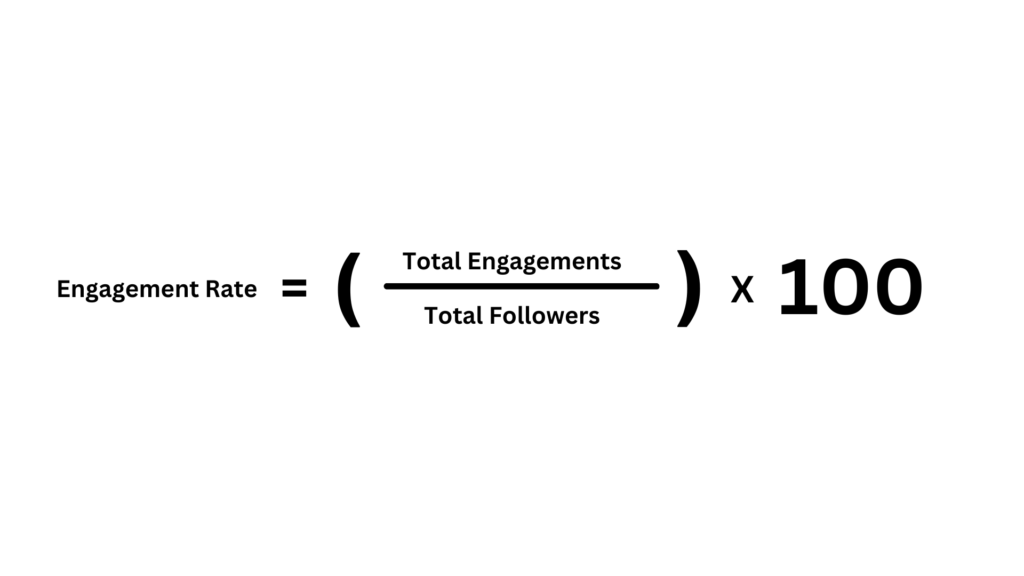
For example, if a post has 500 engagements and your page has 10,000 followers, then the engagement rate will be as follows:
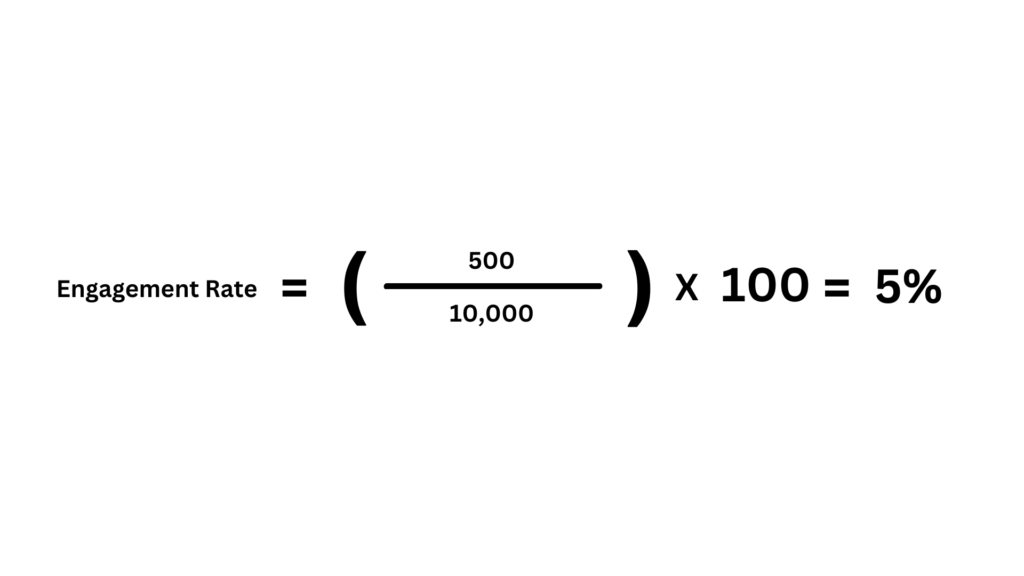
Benchmarking
According to a Rival IQ report in 2023, the average engagement rate across all industries is approximately 2.2 percent on Instagram, 0.8 percent on Facebook, and 0.04 percent on Twitter (now X). Use those as yardsticks to compare your performance with that of others within the industry or competitors. Source
Reach and Impressions
Whereas engagement lets you know how well your content performed among those who interacted with it, reach and impressions are more about how the general public views your campaign.
- Reach is the number of unique users who view your content.
- Impressions are the total number of times that your content is shown, regardless of whether or not it has been clicked.
Why They Matter
By tracking both reach and impressions, it will help to know the potential of the campaign and your account. The high reach could mean that many people are seeing your content, which directly correlates to brand awareness. Impressions show how often the content is shown, helping get to the saturation level of the campaign.
How to Use These Metrics
A high impression count but low reach might suggest that the same audience has been exposed to your content repeatedly and thus falls under ad fatigue. The reverse, high reach at low impressions, may mean that your content does not get enough views to make a difference.
Industry Insight
According to a study by HubSpot, high reach and impressions usually bring more brand awareness and customer loyalty, thus forming the foundation for a healthy social media presence.
Click-Through Rate (CTR)
Click-through rate measures how far your social media content is doing what it should: driving visitors to your website or landing page. It is a function of the number of clicks in proportion to impressions.
Why It Matters
Click-through rate is an important measure because it shows the potential for conversion from your campaign. A high click-through rate suggests your content is of good quality and may interest users enough to visit your website, subscribe to your newsletter, or buy your products.
How to Calculate It
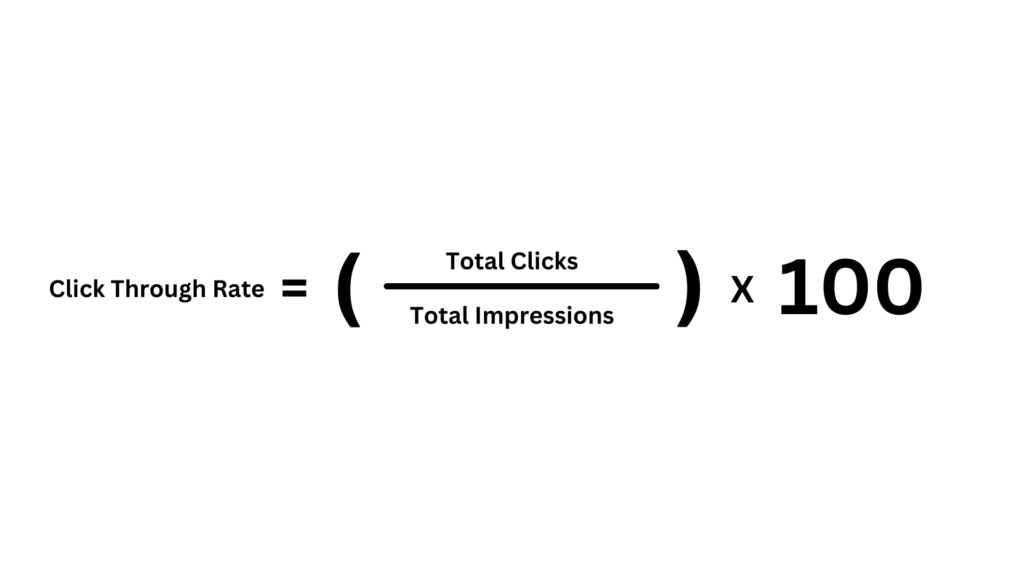
For instance, say that your ad had 200 clicks for a total of 10,000 impressions; CTR will be the following:

Optimizing CTR
Testing different headlines, call-to-actions, and creatives against each other can greatly improve your CTR. High CTRs are often linked to content that is clear, compelling, and relevant to the needs or interests of the target audience.
Conversion Rate
The conversion rate is the most important metric to gauge the success of your social campaigns. This metric refers to the percentage of users who take a desired action. This could be purchasing or subscribing to a product or service. It could also include filling out a form or clicking to access your content.
Why It Matters
Conversion rate is a measure that directly implicates your ROI. A high conversion rate argues that your social media efforts are doing an exemplary job at driving business goals, whether it be sales, lead generation, or other objectives. Tracking this metric helps you understand the financial impact of your social media campaigns. It also justifies your marketing spend.
How to Calculate It

For example, if your ad receives 200 clicks and 50 users make a purchase, your conversion rate would be:
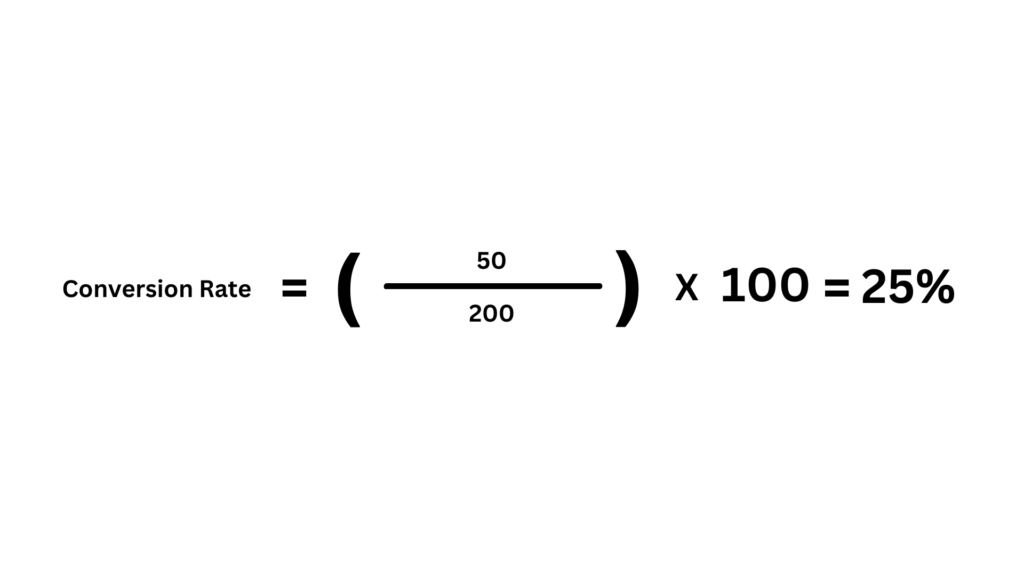
Industry Standards
The average conversion rate across all industries is about 2.35%, according to a report by WordStream in 2023. That said, the top-performing companies often have conversion rates of 10% or more, illustrating the need for continuous optimization. Source
Return on Investment (ROI)
Return on Investment (ROI): This is how much money you get back from the campaign compared to what it costs. It tells you if your social media campaigns are profitable by measuring returns against the cost, making it the ultimate indicator of success.
Any business will define ROI as the bottom line. A positive Return on Investment (ROI) means your campaign generates more revenue than it costs. A negative ROI means you lose money. Measuring ROI helps make informed decisions about where to allocate a marketing budget. It also identifies which campaigns are worth scaling.
How to Calculate It
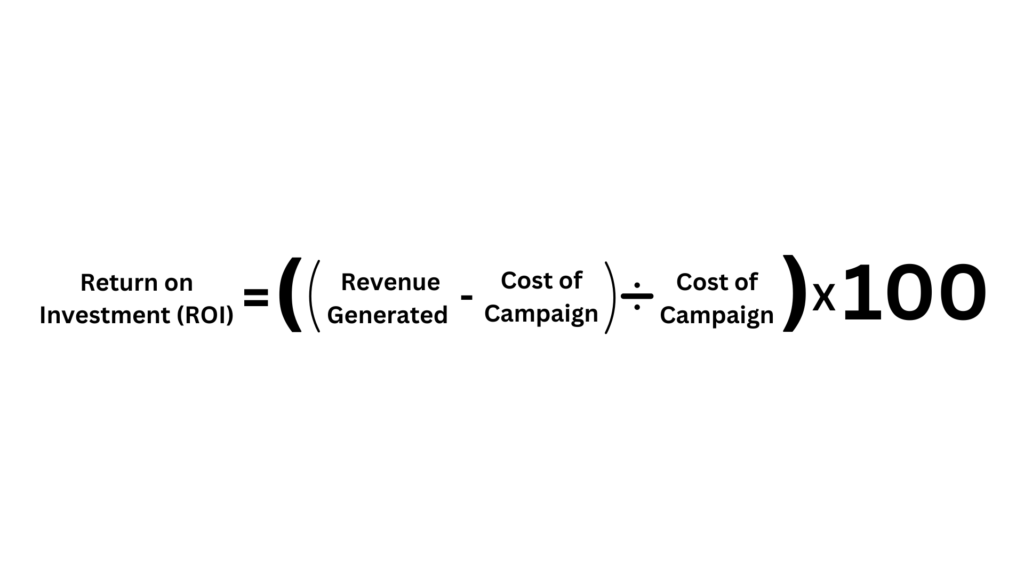
For example, let’s say your campaign generated $20,000 of revenue and it cost $5,000 to run. Your ROI would be:
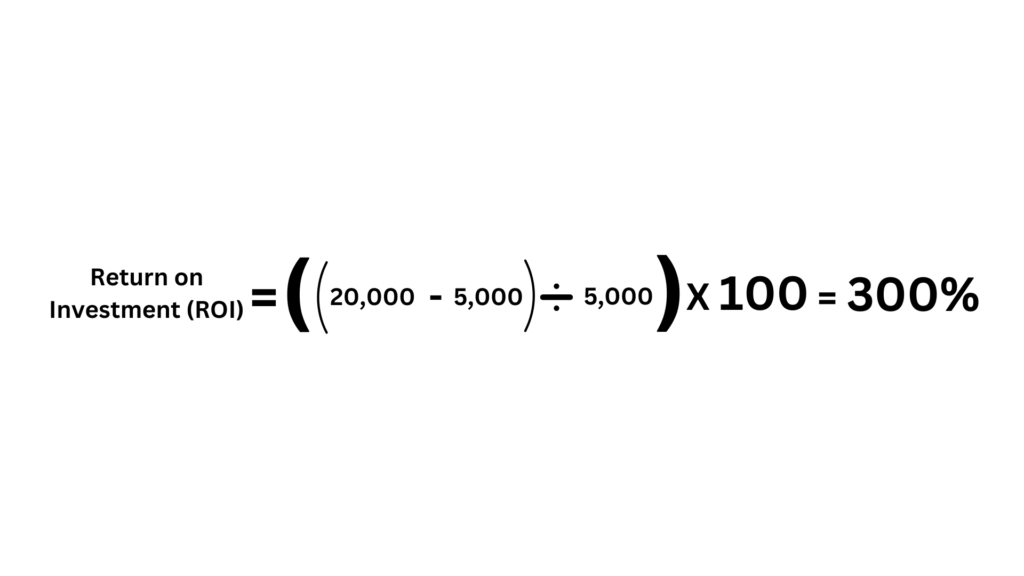
Industry Benchmark
The 2024 CMO Survey from Deloitte presents the companies’ average ROI for social media. Based on this fact, for every dollar invested, a return of three dollars will be yielded. For top performers, it can be as high as 5:1 and more, which makes campaigns, when perfectly executed, very profitable.
You need detailed insight into many metrics to know if your campaigns are thriving on social media. These include engagement rate, reach, impressions, click-through rate, conversion rate, and ROI. Each offers different information about campaign performance. By monitoring these KPIs, you can adjust your strategy. You can improve content and ensure your social media efforts drive real business results.
Get Started with Advnc Digital Today.
At Advnc Digital, we know effective social media marketing is more than posting content. It requires strategic planning, ongoing analysis, and data-driven adjustments. Regularly using these metrics helps you track progress and make informed decisions. This drives long-term growth and success in social media marketing. Our Fractional CMO and digital marketing services help businesses grow and scale quickly. We ensure your social media efforts remain active and impactful.






